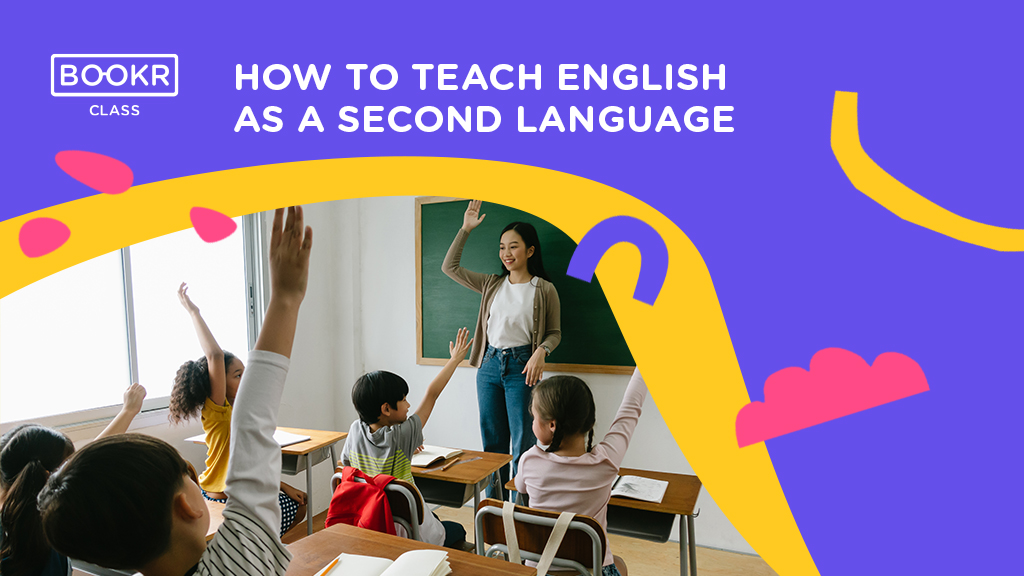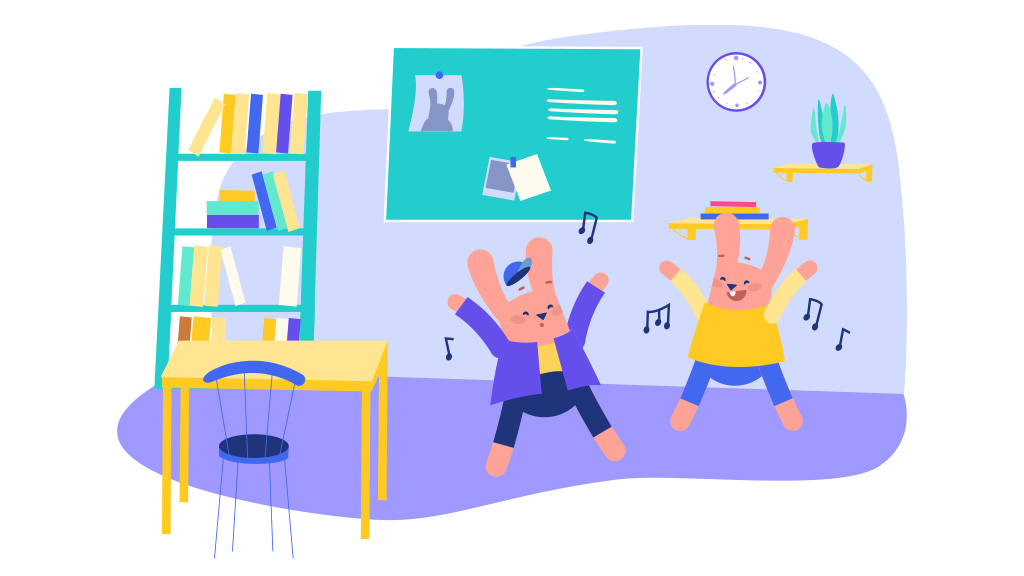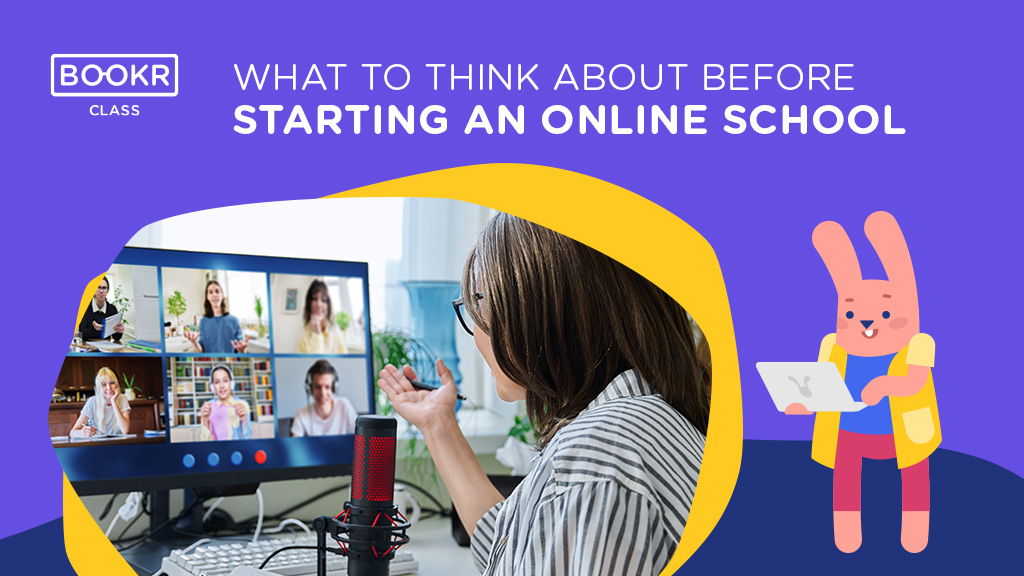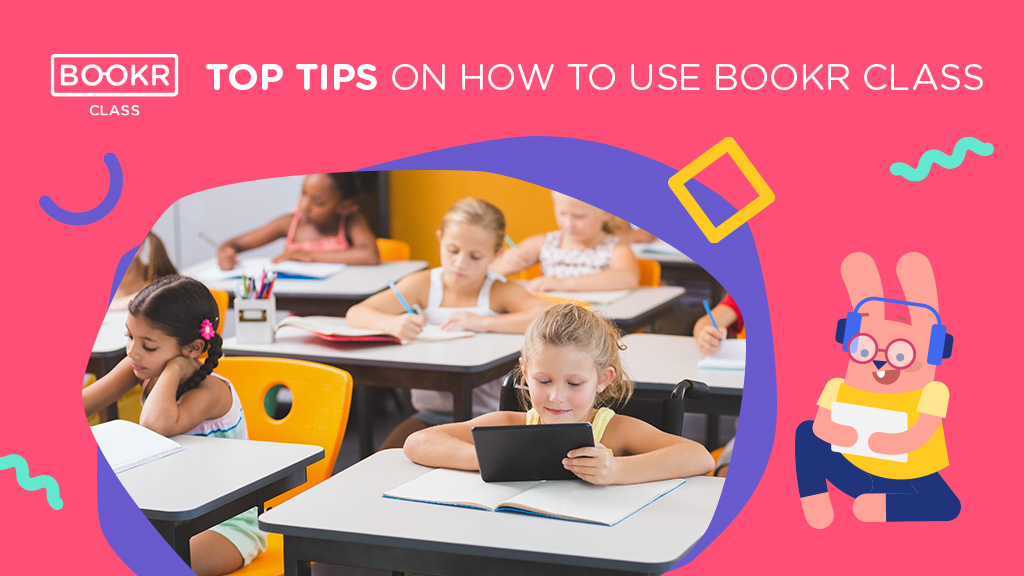How to teach English as a second language
Do you spend your work hours daydreaming about being an educator? Teaching English as a second language, getting to know people, and helping students all over the world? Or maybe you’re already a teacher looking for some guidance and tips on how to improve your techniques. Either way, you’ve come to the right place.

Table of content
5 TIPS to start teaching English today!
1. Practice what you preach
Learning is not just for your students.
It is a lifelong journey for everyone. Landing the dream job is a huge deal, but the challenges won’t stop coming at us, will they? It’s great to put into good use what you’ve learned so far – but never forget to improve yourself and have a plan for the future.
I suggest creating a little study calendar for yourself. List the things you want to improve at first – for example, if you teach adults but plan to work with children in the future, think about the courses that can help you learn the most about educating that age group. This can even mean a phycology course, think outside the box.
If you haven’t already finished an English teaching course, you have plenty of options. It’s not all about the paper. You improve your teaching skills by learning from experienced educators who have been in your shoes one day.
CELTA
CELTA is a certificate to teach English as a second language to adults, however, the course does include the topic of teaching younger learners, so if your goal is to teach children, it could be a great option.
CELTA from Cambridge is a widely recognized English teaching qualification in the world and the most often requested by employers. It focuses on developing practical techniques and includes face-to-face or online teaching practice. It’s a tough ride, but one definitely worth taking.
TEFL
TEFL courses (Teaching English as a Foreign Language) can be used anywhere in the world to teach English to non-English speakers. The great thing about TEFL is that all you need to get qualified is a native-level ability of English!
These courses are typically completed online with the top providers offering regular short classroom courses. These courses are self-paced so you adjust them to your job and timeline.er of hours they take to TEFL courses are measured in hours, so you’ll see most courses listed by the numb complete.
TESOL
TESOL courses (Teaching English to Speakers of Other Languages) are very similar to TEFL courses, and the acronyms are frequently used to mean the same thing. TEFL is the acronym used primarily in the UK but TESOL is more often used in Australia or the USA.
2. Lighten up all the senses
Music, drawings, even dancing – learning styles differ a lot and all students answer to different techniques.

English teaching applications such as BOOKR Class offer a variety of activities to cover all senses and engage your students: karaoke songs, animations, even choreographed children’s songs that teach vocabulary in fun and surprisingly effective way. Trust me – your students will love it!
3. Lesson planning goes a long way - learn how to do it well, and it becomes a mindset.
Lesson planning can be a long process – but you will see that it’s worth mastering the art of it. The perfect lesson plan ensures that you’re prepared for any challenge and unexpected issues that may arise when giving your classes. What you spend hours on at the beginning will soon become automatic, as the system that you use to build your lessons quite literally becomes a mindset.
Let me share with you my favorite lesson plan structure for teaching English as a second language:
You will need the following:
4. Technology is your friend
Technology just cannot be overlooked – the world is changing and so is education. As conventional educational materials are still essential, new methods and tools are proving to be more effective with the new generation of readers and generation Z learners especially.
Digital tools can help you in different ways:
We tend to overlook the importance of effective time management. Administrating, evaluating, grading tasks and keeping up with homework for all your groups and students seems like a small part of your job, but it can consume more time and energy than we realize.
There are amazing tools on the market with the main feature as being admin platforms, or as part of another tool.
Learners today need a lot more to engage all their senses than before. This digital generation is used to sound effects, animation and even interactivity when learning – so why not find a tool that was made especially for their need.
If you’re struggling with keeping their attention, it’s not you, it’s just that education and learning styles have changed due to technological developments.
Learning a language is most effective using authentic context. And while we cannot take our students to live in English speaking countries yet, we can bring the native context to the classroom. Native narration, stories, songs and rhymes, all of these are important and can be found in educational apps nowadays.
BOOKR Class is a great example that combines all these advantages in one application.
5. Motivation, goals, little milestones
Once you start teaching, you will want to keep those students. Today’s learners tend to have a higher need for interactive activities, it’s more of a challenge to keep their attention and motivation skyrocketing.
It’s a great idea to create a little reward system for your students – based on their age – and be consistent with it. Celebrating that milestone or giving a small prize when that happens.
This can look very different for a group of primary school students and an adult that you teach one-to-one. Take the time to get to know your audience, it will be worth it.


